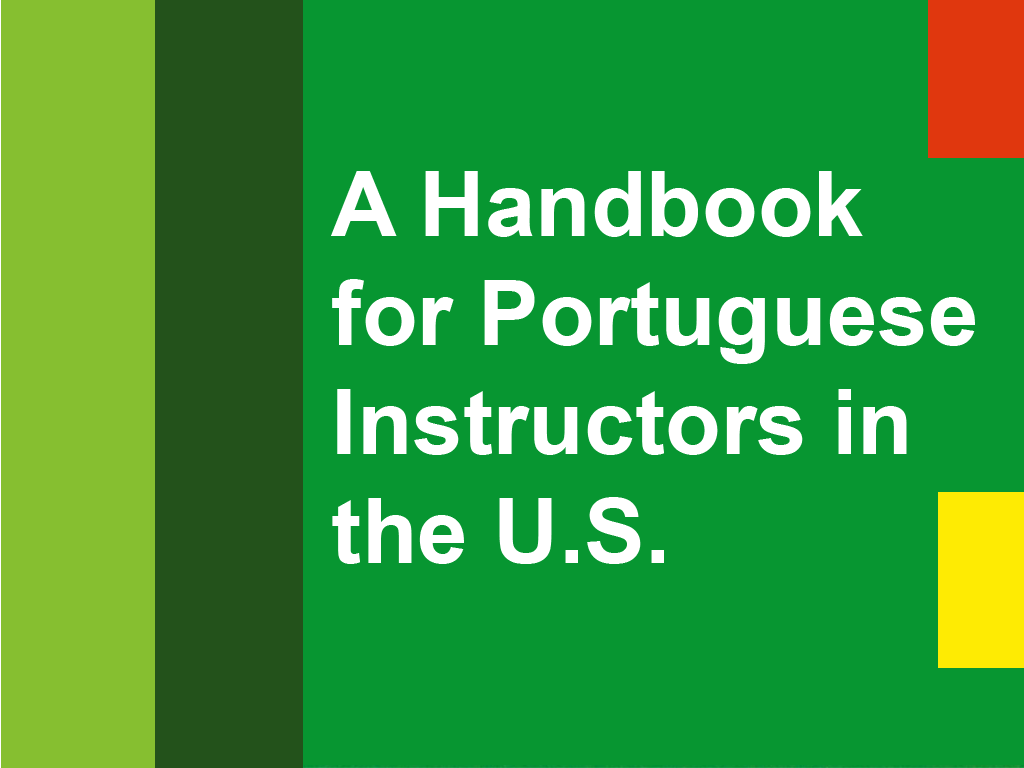Margo Milleret Releases Handbook for Portuguese Instructors
August 25, 2017

The UNM Latin American and Iberian Institute is pleased to announce the recent publication of A Handbook for Portuguese Instructors in the U.S.(Boa Vista Press, 2017), co-edited by Dr. Margo Milleret, Professor Emerita in the UNM Department of Spanish and Portuguese and faculty affiliate of the LAII.
This handbook is designed as a resource for all instructors of Portuguese in higher education who are engaged in teaching and developing their programs. Originally the two audiences for the handbook were beginning professionals, such as graduate students, and instructors who come to the U.S. from other higher education institutions, and who may not have familiarity with the skills and knowledge necessary to teach and grow a Portuguese program. In a pilot survey conducted in 2011, Milleret learned that 78% of the instructors contacted who were teaching in U.S. higher education had not received any formal training in program development. Although many noted that the experience of teaching as a graduate student provided them with observation and participation in cultural activities, most indicated “trial and error” as the main source of learning as new faculty. A junior colleague said it best when she asked, “Why do we need to keep reinventing the wheel?” (The Portuguese Newsletter, Winter 2012).
The authors in the handbook are passing along years of combined experience and materials that are now gathered into one place for the convenience of all instructors of Portuguese who need a reference or "how to" guide that they can consult easily. The essays attempt to refrain from local references in order to provide examples and advice as applicable as possible to audiences anywhere in higher education in the U.S.
The handbook is organized into three sections that focus first on the entrance into the profession and professional development. The second section addresses the responsibilities of developing a Portuguese program in terms of advertising, curriculum, assessment and technology. The final section of the handbook offers more detailed information regarding the needs of heritage learners and Spanish speaking learners. Many of the essays include examples, tables of information, and lists of resources in order to facilitate further exploration and development.
